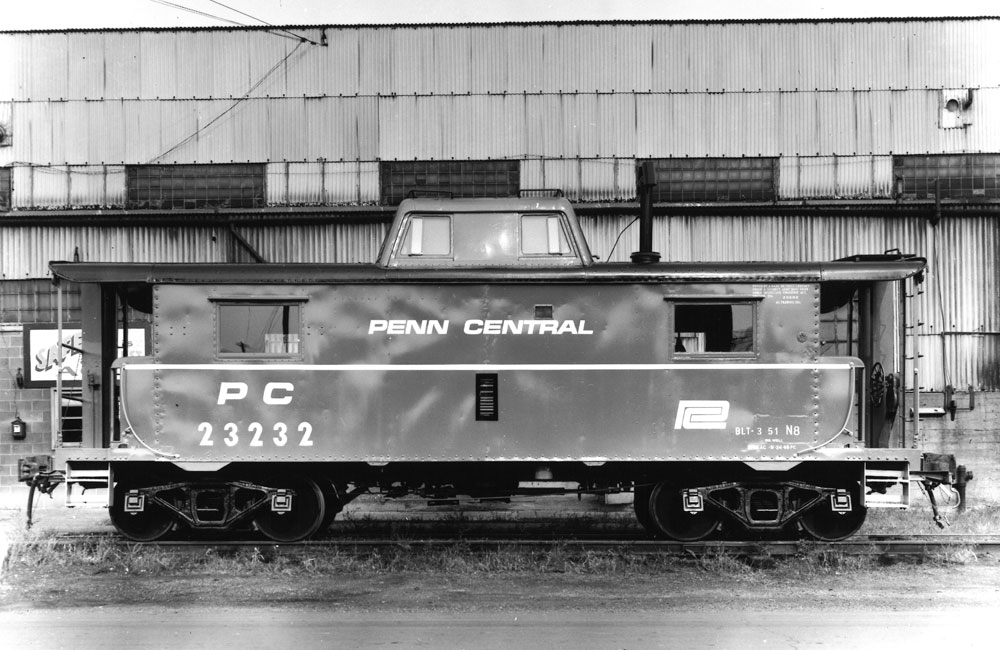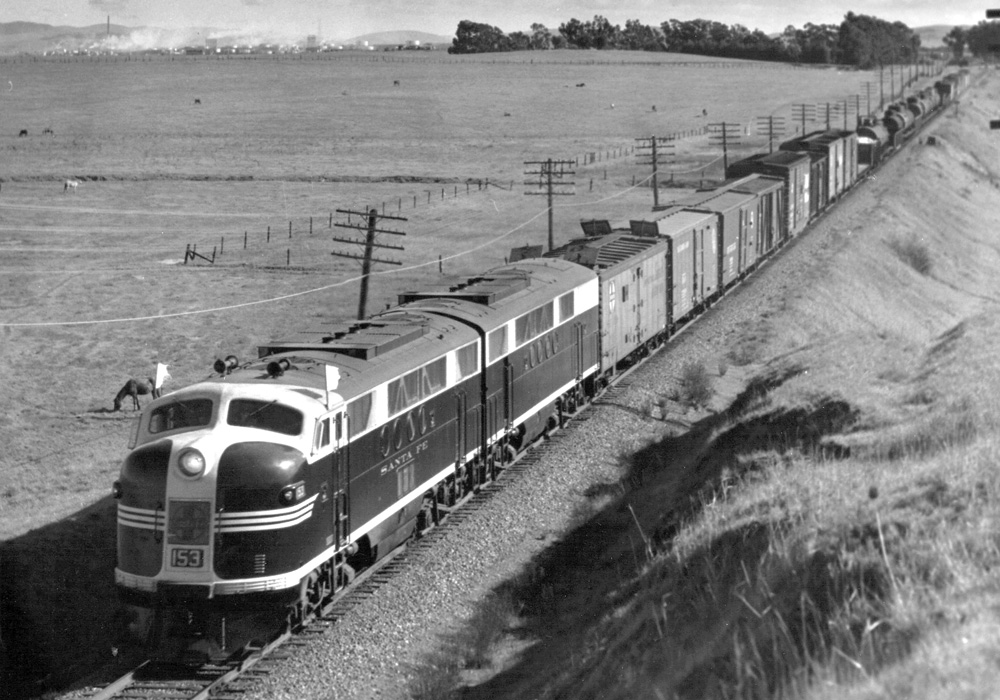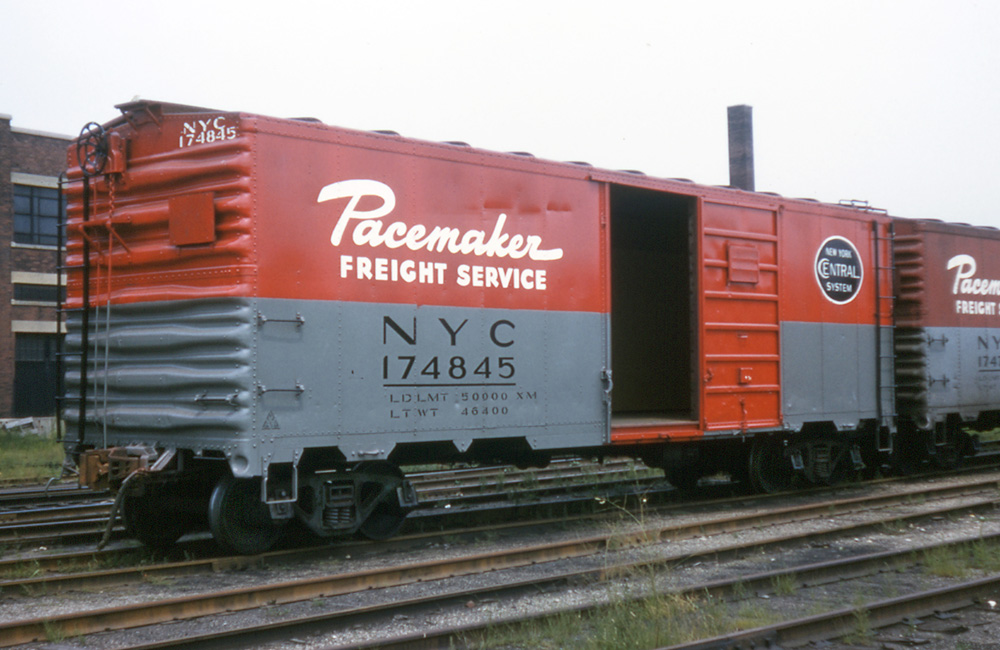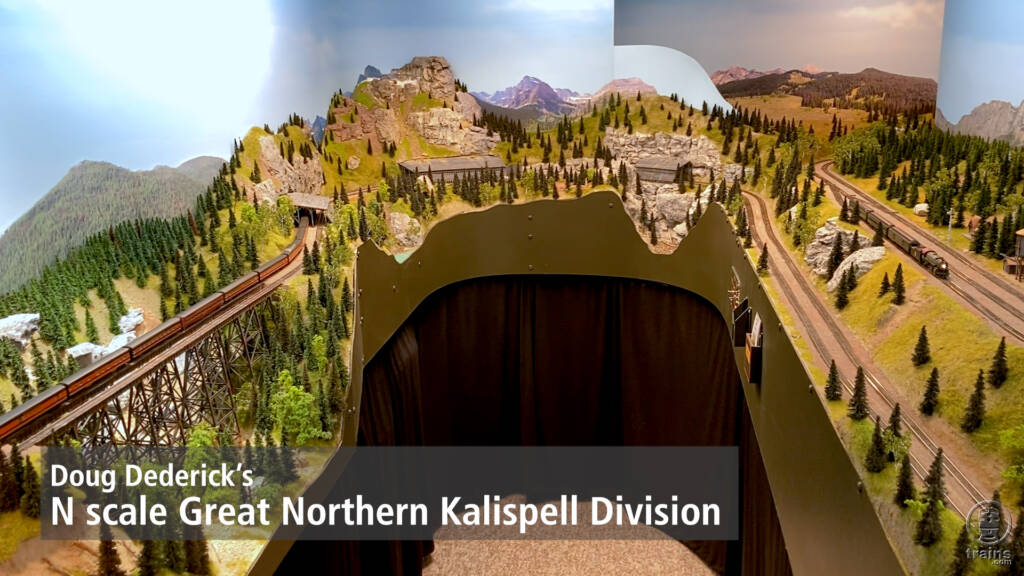
Doug Dederick’s N scale Great Northern Kalispell Division is set in Montana in the late 1950s. The 29 x 36-foot walk-in layout, featured in the April 2024 issue of Model Railroader, is set between Whitefish, Mont., and Shelby, Mont. The model railroad features several of GN’s name passenger and freight trains, including the Empire Builder, […]
Read More…
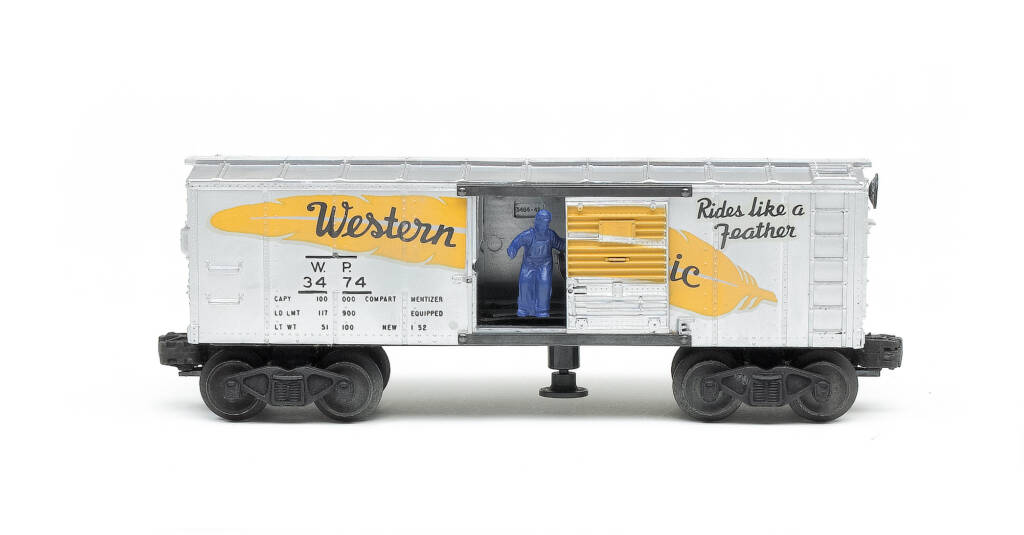
The Lionel No. 3474 Western Pacific Operating Boxcar upgrades any collection of postwar trains. It was another great model introduced in the outstanding year of 1952, which is covered in detail in Lionel Trains of the 1950s, a special interest publication from Classic Toy Trains. Over the past few years on Trains.com, I’ve been suggesting […]
Read More…
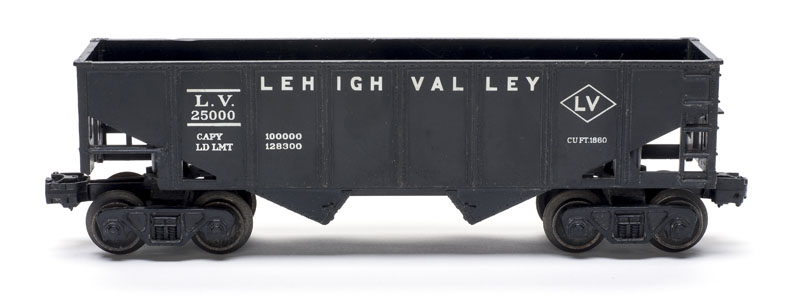
There’s never been a shortage of large industrial structures for three-rail layouts. Many of them could have been coal-powered. You need not go broke buying high-dollar hoppers or high-side gondolas to carry the rivers of black diamonds needed to keep commerce humming. Back in the postwar days Lionel made a wide variety of scale and […]
Read More…
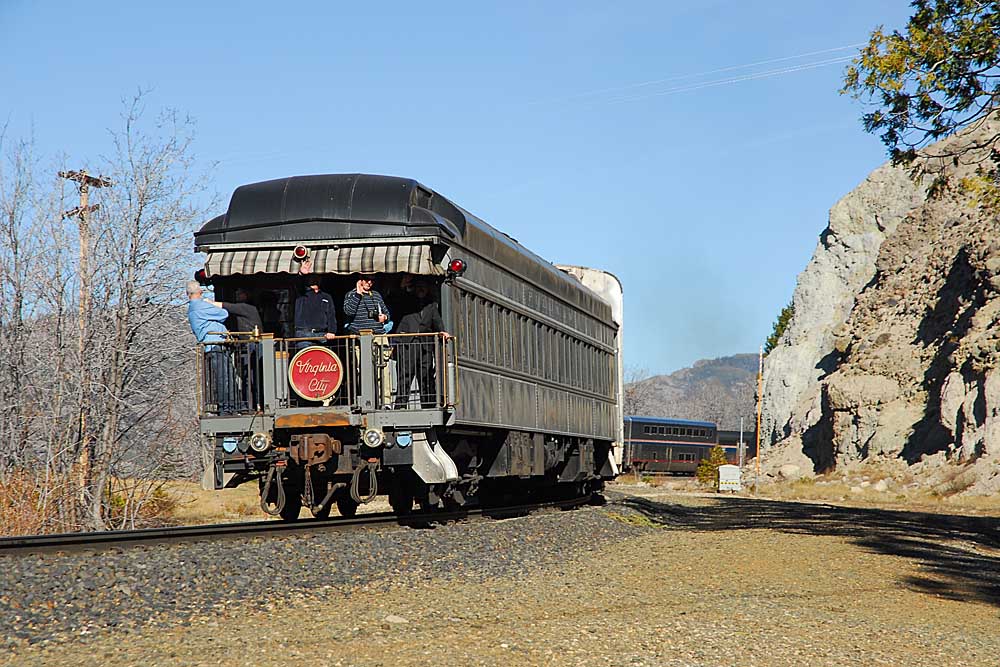
I’ve never been in the market for a private railroad car — editors and writers rarely ascend to that rarified air — but if I was, I’d compose an email this very moment and send it to the equipment broker Ozark Mountain Railcar, there to bid on what might be the ultimate PV: heavyweight sleeper-observation […]
Read More…
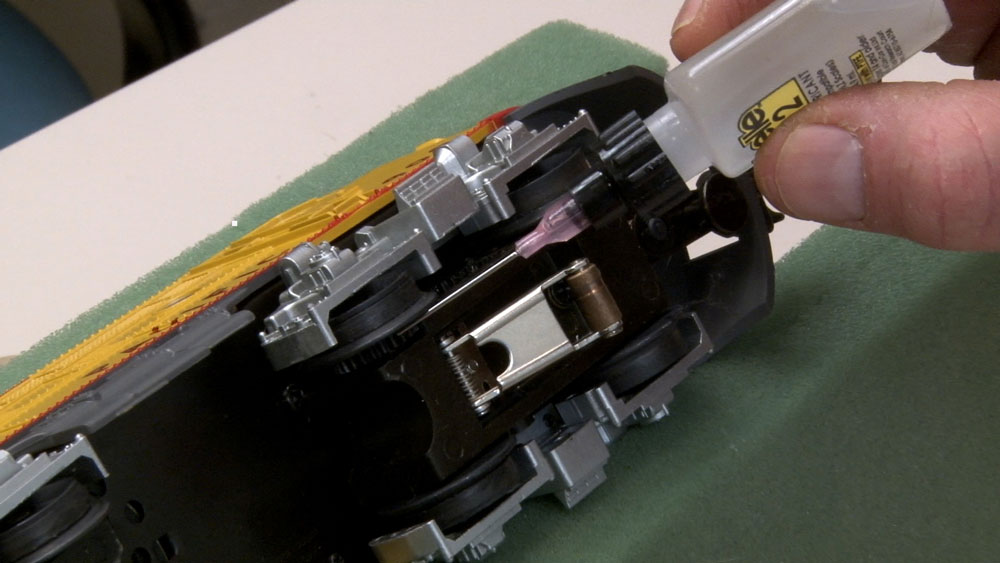
Some questions we get frequently are: “How do I lubricate my locomotives?” followed by “What type of lubrication should I use on them?” Here are some answers. And remember, when it comes to oil and grease on locomotives or other rolling stock, less is more. Fortunately, there’s a quick and easy answer for what to […]
Read More…

